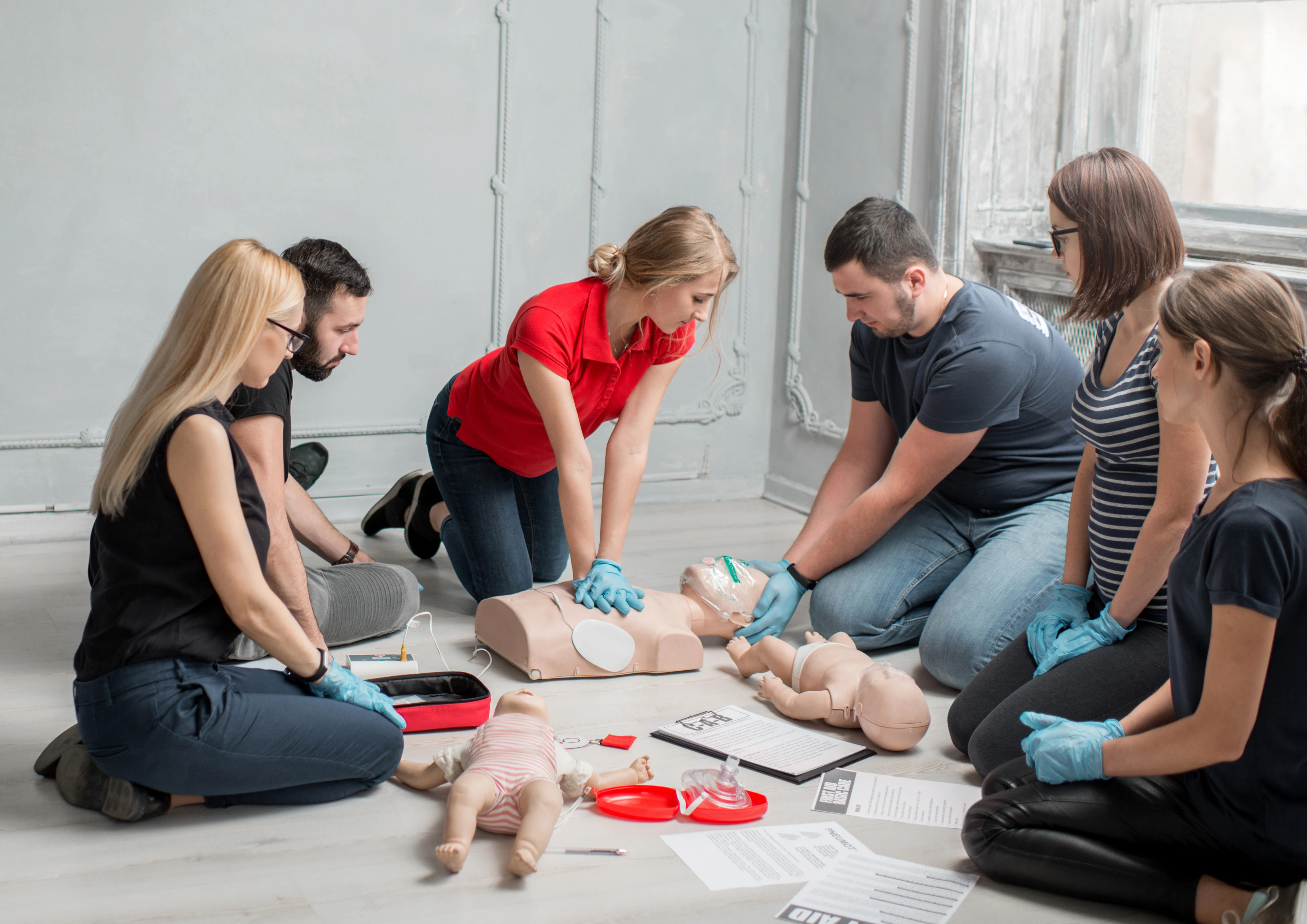Introduction
In our hectic world, emergency situations can strike without warning. Whether it's a small injury, a medical emergency situation, or a serious situation, understanding just how to offer emergency treatment can make all the difference. This is where a First Help course comes into play. Many individuals Child Care First Aid Course Hobart may wonder what they can obtain from such training, and this article intends to clarify that.

By enrolling in a First Help and CPR course, you don't simply find out about bandaging injuries or doing mouth-to-mouth resuscitation; you outfit yourself with important skills that can conserve lives. So, exactly what will you learn in a thorough program? Allow's dive into the details.
First Aid Essentials: What You'll Learn in a Thorough Course
Understanding First Aid
What is Initial Aid?
First aid describes the preliminary aid provided to somebody struggling with an injury or ailment up until professional clinical assistance arrives. It incorporates different methods and skills varying from simple wound care to lifesaving strategies like CPR (Cardiopulmonary Resuscitation).
Importance of Emergency treatment Training
Why Must You Take an Emergency Treatment Course?

Taking a First Aid course is crucial for numerous reasons:
- Confidence: Understanding how to react in emergency situations can infuse confidence. Life-Saving Skills: The capacity to perform CPR or help with choking can conserve lives. Career Improvement: Many occupations need qualification in initial aid. Community Responsibility: Being trained means you can aid others effectively.
Overview of CPR
What is CPR?
CPR, or Cardiopulmonary Resuscitation, is an emergency situation treatment performed when someone's heart beat or breathing has actually stopped. It combines chest compressions with rescue breaths to preserve blood circulation and oxygenation till expert aid arrives.
The Structure of a Comprehensive First Aid Course
What Does a First Aid Course Include?
A well-rounded First Aid and CPR course commonly covers the adhering to subjects:
Introduction to First Aid Legal and Ethical Considerations Scene Safety Basic Life Assistance (BLS) CPR Techniques Choking Relief Wound Care Management Burn Treatment Managing Shock Recognizing Medical Emergencies Using an Automated External Defibrillator (AED)Legal Aspects of First Aid
Are There Legal Implications Involved in Providing First Aid?
Yes, supplying emergency treatment does carry legal obligations known as "Good Samaritan legislations." These regulations protect individuals who aid others in emergencies, supplied their actions are practical and not reckless.
Scene Safety: The Initial Step
How Do You Make sure Scene Safety?
Ensuring scene safety and security includes analyzing the setting before approaching the target:
- Look for possible risks (web traffic, fire). Make certain it's safe for both you and the victim.
Basic Life Support (BLS)
What Role Does BLS Play in Emergency Situation Situations?
Basic Life Assistance consists of the fundamentals of keeping life features up until more clinical assistance shows up. This section covers vital skills such as:
- Checking responsiveness Activating emergency solutions Performing high-quality chest compressions
Advanced CPR Techniques
What Are Advanced Techniques Covered in Mouth-to-mouth Resuscitation Courses?
Advanced methods may consist of:
- Two-rescuer CPR Use of obstacle gadgets for rescue breaths Special factors to consider for infants and children
Choking Alleviation Techniques
How Do You Aid Somebody That is Choking?
Choking relief involves 2 essential methods:
The Heimlich maneuver for adults. Back impacts and chest thrusts for infants.Wound Treatment Management
How Do You Correctly Take Care Of Wounds?
Effective wound administration involves:
- Cleaning the wound with saline or tidy water. Applying antibiotic ointment. Covering it with sterile dressings.
Burn Treatment
What Are Effective Techniques for Dealing With Burns?
Burn therapy varies by degree:

Managing Shock
How Is Shock Recognized and Treated?
Recognizing shock includes searching for signs and symptoms like pale skin, fast pulse, or confusion:
Lay the individual down. Elevate their legs unless there are injuries avoiding this. Keep them relax up until help arrives.Recognizing Clinical Emergencies
What Types of Medical Emergencies Need To You Know Of?
Common clinical emergency situations consist of:
- Heart strikes Stroke Severe allergies Recognizing these conditions assists you act quickly.
Using an Automated External Defibrillator (AED)
How Do You Make use of an AED Correctly?
Using an AED involves transforming it on, affixing pads according to pictures on the device, and following voice prompts carefully.
Importance of Constant Learning
Why Is Continual Discovering Important in Emergency Treatment Training?
Continuous knowing guarantees you stay updated on finest techniques and brand-new protocols in emergency treatment care.
FAQs About First Aid Courses
What Is Consisted of in a Standard Emergency Treatment Course?- A standard program generally covers fundamental life support, injury administration, choking alleviation techniques, and legal considerations.
- Most courses range from 6 hours to 16 hours depending upon the depth of material covered.
- Yes, upon effective completion of a lot of programs, individuals get a first aid certificate, which is typically valid for two years.
- Yes! Several companies use on-line training courses that give versatile understanding environments while still being effective.
- Absolutely! Hands-on practice is essential for mastering skills like chest compressions and utilizing AEDs effectively.
- Generally, there are no age restrictions; however, individuals need to be psychologically qualified to discover these life-saving abilities effectively.
Conclusion
Enrolling in a detailed first aid course furnishes individuals with vital knowledge that can conserve lives during emergency situations-- whether at home, job, or out in public spaces! From recognizing basic life support treatments like CPR to finding out how to handle wounds correctly or identify signs of shock-- these training courses supply vital training that anyone can profit from!
As we browse via our day-to-days live full of changability-- what much better way than preparing ourselves via understanding acquired from structured training sessions focused on conserving lives?
In final thought-- if you're considering using up any kind of kind of first-aid training-- never hesitate! Equip on your own today with these powerful devices due to the fact that readiness really makes all the distinction when every second counts!